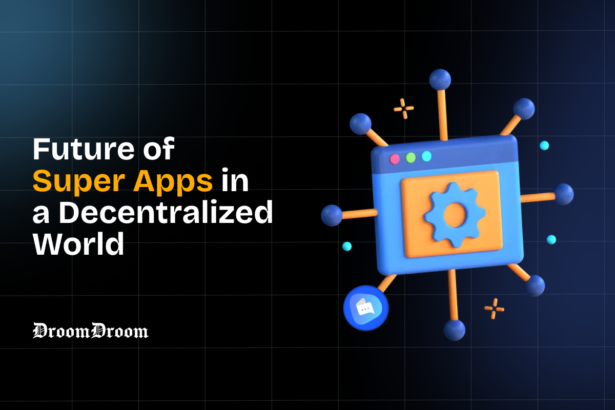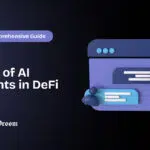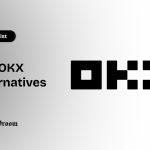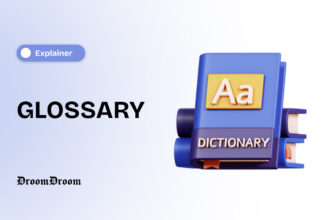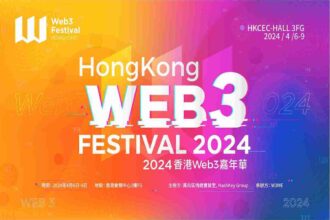The digital world is no longer just about convenience—it is about control. Super apps have reshaped digital interactions by merging messaging, payments, and social networking into unified ecosystems. While some have begun integrating artificial intelligence, their primary function has been to consolidate control within centralized platforms. This has raised growing concerns over privacy, security, and user autonomy in Web2 applications.
But the landscape is shifting. Elon Musk turned heads when he stated that he wanted X to be an ‘everything app,’ but decentralization is taking the concept to the next level, like the radioactive spider that bit Peter Parker. Everything apps are so Web2. Powered by decentralized blockchains, Web3 super apps are emerging as the next evolution of digital platforms. SuperDapp is among the pioneers driving this transformation by integrating AI and blockchain to create a more secure, transparent, and user-driven alternative. This shift represents a fundamental change in how digital platforms operate.
How did we get here? And why does decentralization matter?
A New Era of Super Apps Begins
Super apps are no longer a futuristic concept—they are already reshaping how people interact with digital services. Instead of managing multiple apps for payments, messaging, and entertainment, users can now access everything in one place.
Asia has led the adoption of super apps, with platforms like WeChat and Alipay becoming indispensable. WeChat, for example, enables users to chat, book rides, pay bills, and even access government services—all within a single interface.
Alipay integrates financial services, shopping, and some social networking features. However, despite their convenience, these centralized platforms come with trade-offs.
The Problems with Centralized Platforms
For all their efficiency, traditional super apps have critical drawbacks that limit user freedom and security.
- Privacy risks – many centralized platforms collect and monetize vast amounts of user data, often without full user transparency
- Security vulnerabilities – centralized data storage creates a single point of failure, making these platforms prime targets for cyberattacks.
- Lack of user control – users have limited say over how their data is stored, accessed, or monetized by platform providers.
- Opaque business models – many centralized platforms lack transparency, leaving users unaware of how their data generates revenue.
As digital awareness grows, people are seeking alternatives that prioritize transparency, security and autonomy.
Why Decentralization Is the Logical Next Step
Unlike traditional platforms that rely on corporate-controlled data management, decentralized super apps use blockchain networks to distribute control and enhance security. This reduces single points of failure and gives users greater influence over their digital interactions.
Interoperability with multiple blockchains ensures seamless integration with decentralized applications and services.
- Users own their data and decide how it is stored and shared.
- Security is stronger due to blockchain encryption and decentralized storage.
- Tokenized incentives allow users to earn rewards for participation.
- Multiple blockchain integrations ensure interoperability with various decentralized applications.
This new model is not just theoretical. SuperDapp is already putting it into action.
SuperDapp Brings Blockchain and AI Together
SuperDapp is a super app that runs on Rollux, a Bitcoin Superchain made possible by Syscoin’s modular blockchain infrastructure. It offers a secure and intelligent digital ecosystem by integrating AI with decentralized finance, and social networking.
Unlike traditional platforms, SuperDapp ensures that users control their data while also benefiting from AI-driven features.
What Makes SuperDapp Stand Out
With tons of Dapps rolling out every year, we must know what actually makes the SuperDapp stand out.
- AI Digital Assistant Brings Smart Automation
- Personalized recommendations adapt to user behavior.
- AI-driven customer support enhances problem-solving.
- AI content creation tools on SuperDapp which assist with writing, editing, and multimedia production.
- Decentralized SocialFi Creates New Opportunities
- Tokenized rewards give users a stake in the platform.
- Censorship-free social networking provides a space for open discussions.
- Blockchain-based authentication ensures users own their digital identities.
- Financial Services Without Middlemen
- Cross-border transactions become faster and cheaper.
- Lending and borrowing options remove reliance on banks.
- A non-custodial wallet ensures asset security.
- Web3 and Multi-Blockchain Support
- Users interact with different blockchain networks effortlessly.
- Decentralized applications are accessible within the SuperDapp ecosystem.
These features make SuperDapp a strong contender for the future of digital interactions.
The Future Looks Different with SuperDapp
By simplifying access to multiple blockchains through a unified interface, SuperDapp is changing the foundation of digital interactions in key ways—extending beyond just convenience.
- Improved privacy and security through cryptographic protections and user-controlled data sovereignty.
- Greater financial inclusion by providing DeFi access to underbanked populations.
- Greater freedom of expression through decentralized platforms that reduce corporate and governmental content restrictions.
- A fairer digital economy where users benefit directly from their engagement.
As blockchain technology matures, decentralized super apps will become the standard, shifting control back to users.
A Shift That Puts Users First
The transition to decentralized super apps is more than a technological upgrade. It is a movement toward a more transparent, secure, and user-driven digital world.
SuperDapp is at the forefront of this shift, demonstrating how blockchain and AI can work together to build a more open and intelligent digital ecosystem. In the coming years, more platforms will follow suit. The question is not if this transformation will happen, but how soon.
For users, the choice is clear. The digital future should belong to them—not corporations.
